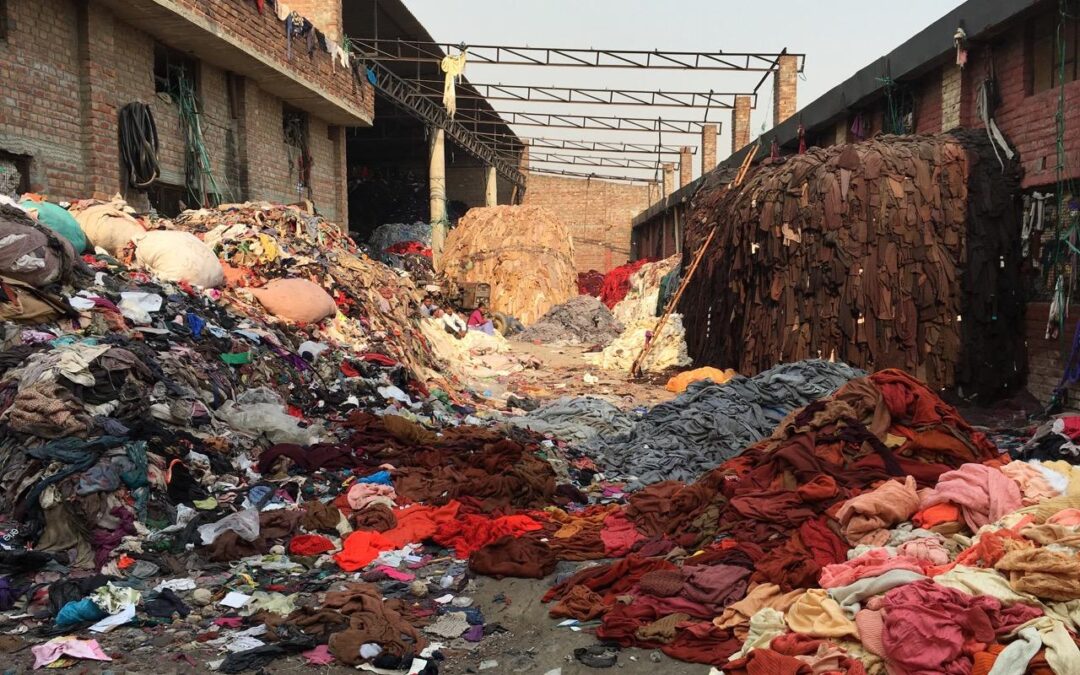A change of season ushers a change in fashion. Albeit the colder months call for warmer clothing compare to the cooler clothing for the summer months. We as consumers have become so accustomed to fast fashion that we we have stopped noticing the number of items we own Vs what we need. Fast Fashion is soon becoming a global problem from the use of toxic dyes, polluting our natural water source, increasing the waste produced as a result and not to mention the demands on agriculture to produce more raw material.
While clothing not only includes natural materials like cotton and wool, we have moved to using synthetic materials that not only harm the environment but also effect our health. The Guardian published an article in which it explains how every time a synthetic garment is washed it releases microfibers that then enters the waterways and our rivers, lakes, seas & oceans. Microfibers are so small that they can easily be consumed by fish & other wildlife. With water pollution already being a key focus on the global platform the use of synthetic material is adding to the problem.
It has been a trend for a while to wear something new to every occasion we attend, be it a casual dinners to those memorable special days like weddings. With the increase in demands for new clothing, manufacturers are paying lower wages to workers and the working conditions are dismal. According to research by Global Labour Justice, some of the big brands and exploiting their works to keep up with the demand for this new trend.

This trend of wearing a new outfit every time we step out means the more items of clothing being purchased, stored and ultimately trashed. We are not keeping and wearing our clothes as long as we used to given space constrains in our every growing wardrobes. This constant use and throw has lead to the increase in our trash & ultimately landfill.
The increase demand for cloths has led to increased demands on manufacturing leading to higher emission, more water and raw materials needed. All of these leading to devastating environmental impacts. As an example it takes 700 gallons of water to make one cotton shirt, it takes 80 years for an item of clothing to decompose in landfill and the fashion industry produces about 10% of the world emissions.
Luckily there are solutions that we can all undertake to leave less of an impact on the world and its environment. Watch this space as in the next article we will take you through some of the things that you can do to save the environment and do your bit.


Recent Comments